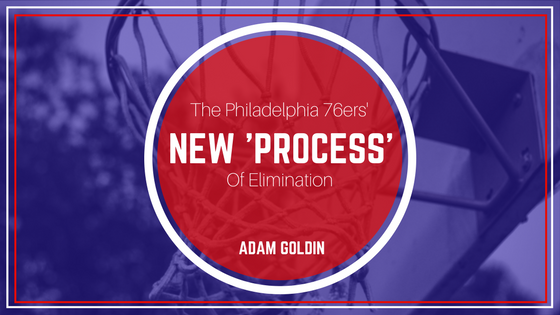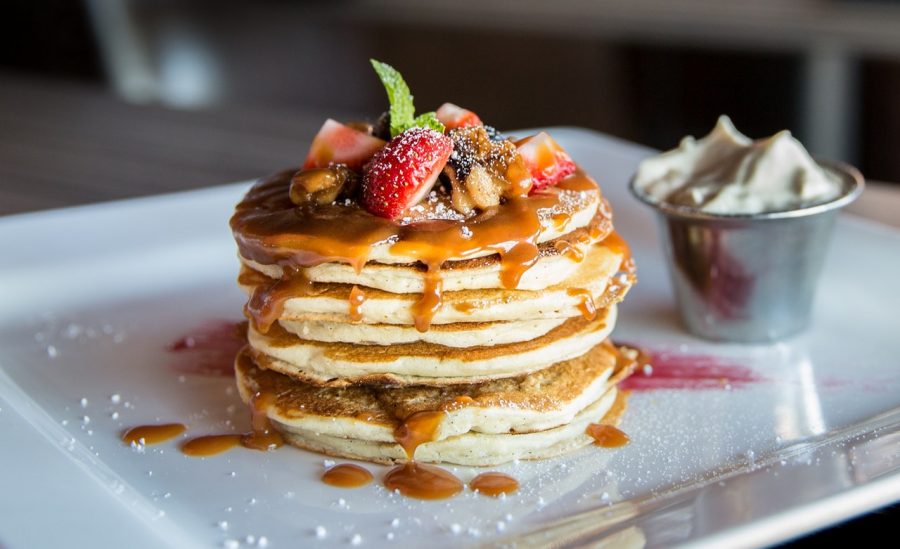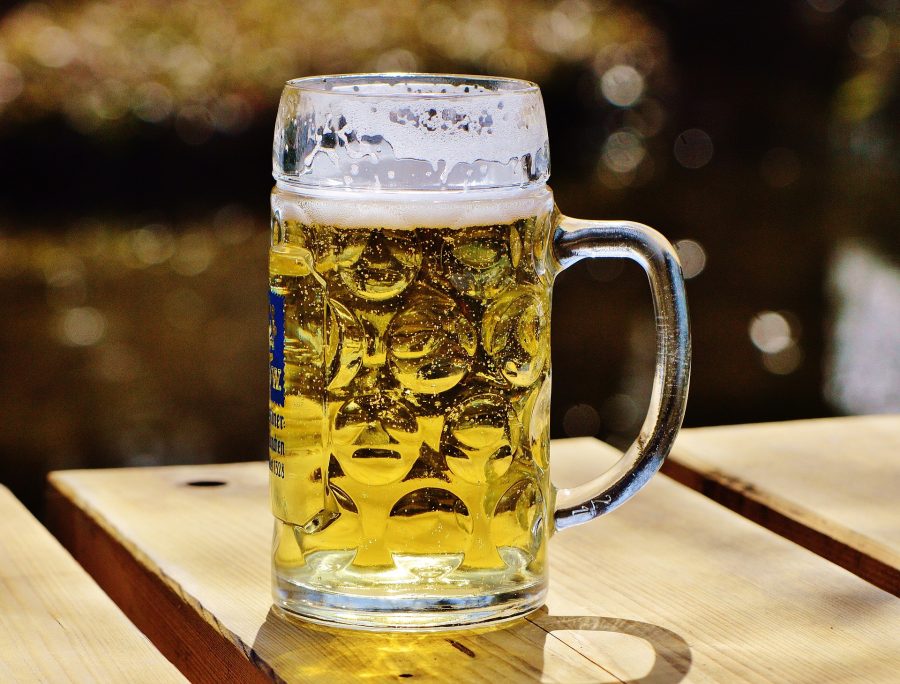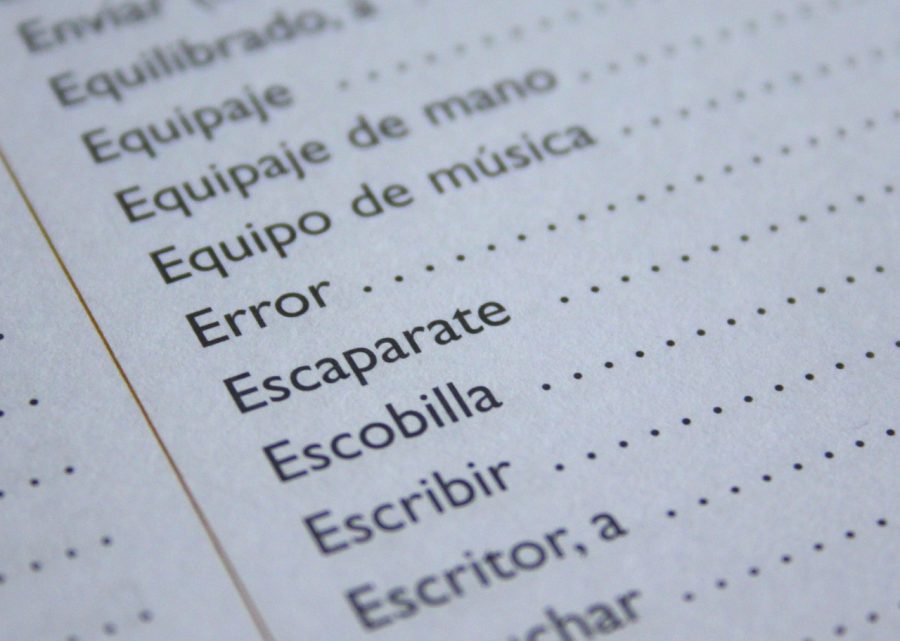While some of the Philadelphia sports scene has its eyes on the Philadelphia Eagles, who will continue playing for a chance at Superbowl glory, many others have their hopeful eyes glued to the 76ers. The team’s dynamic energy and skillful play is exciting top experts in the industry, all thanks to a plan set into motion a few years back. Some even say that the boost in excitement around the Philadelphia Eagles this season is also in part due to the rise in excitement across all philly sports, giving the city a triple threat status with their excellence in hockey, football, and basketball.
And what exactly is the secret behind the 76ers recent success? A team with a process.
Joel Embiid is a 7 foot tall sharp shooter with domination running through his veins. A Cameroonian, Embiid only started playing real, organized, NBA-style basketball 7 years ago. Now in his 3rd season in the NBA, Joel Embiid is starting to show just why his nickname, The Process, is something to watch out for – in a big way.
When you think of dominance in the NBA, you’re likely to think of Lebron James or maybe Kevin Durant. Even though these players remain big names in the league, Joel Embiid has been coined the future of the league by publications like GQ. Embiid’s success was almost for naught, however, when he missed his first two seasons due to injuries; something he’s quite prone to, and something that can take his (and the 76ers’) success away in a mere blink of the eyes. His third season was a brighter start as well, while he played 31 games in full force, but had to sit out late in the season because of his injuries returning.
Now back and healthier than ever, Embiid is playing in a tricky situation: he can only be on the court for 15 minutes a night. You’d think that would make it difficult for someone to dominate the league and make their presence known, but, in Philadelphia, Embiid only needs those 15 minutes of fame to make a splash.
Right now in Philly everyone is continuing to Trust The Process, a phrase coined by former GM Sam Hinkie who drafted Embiid and started the rebuilding process after some brutally unsuccessful seasons in the league. Hinkie’s theory was that by laying low and accumulating talent but not necessarily winning seasons, he could farm draft picks and build up a super team. And now, even though Sam Hinkie has moved on from the team, the process is finally showing its purpose.
So far this season, Joel Embiid has led the 76ers through an exciting season, completely reigniting the never-unfaithful fanbase that Philadelphians are so proud of. Chants of “Trust The Process” ring from the stands while Embiid and teammates like Ben Simmons give the audience a show. Even off the court, Embiid makes his presence known. Mainly with some cheeky Twitter activity and jabs at other players – all in the name of the sport. It’s all part of Embiid’s charm, whose personal story is one of tragedy and triumph, having lost his brother in Cameroon while he was training for the NBA in the United States, and how he had to leave his family to pursue his dreams. His strong faith and will to inspire his audience is nothing short of humbling.
Expectations are high this year and Philadelphia is ready for a victory. With Embiid, playoff dreams have been made plausible again. But will Embiid’s dominance be able to last all season? Or will his own Process of elimination get him in the end? All that we know is that it’s certainly been fun to watch, and fun to see the city of Philadelphia rally behind the 76ers once again.









